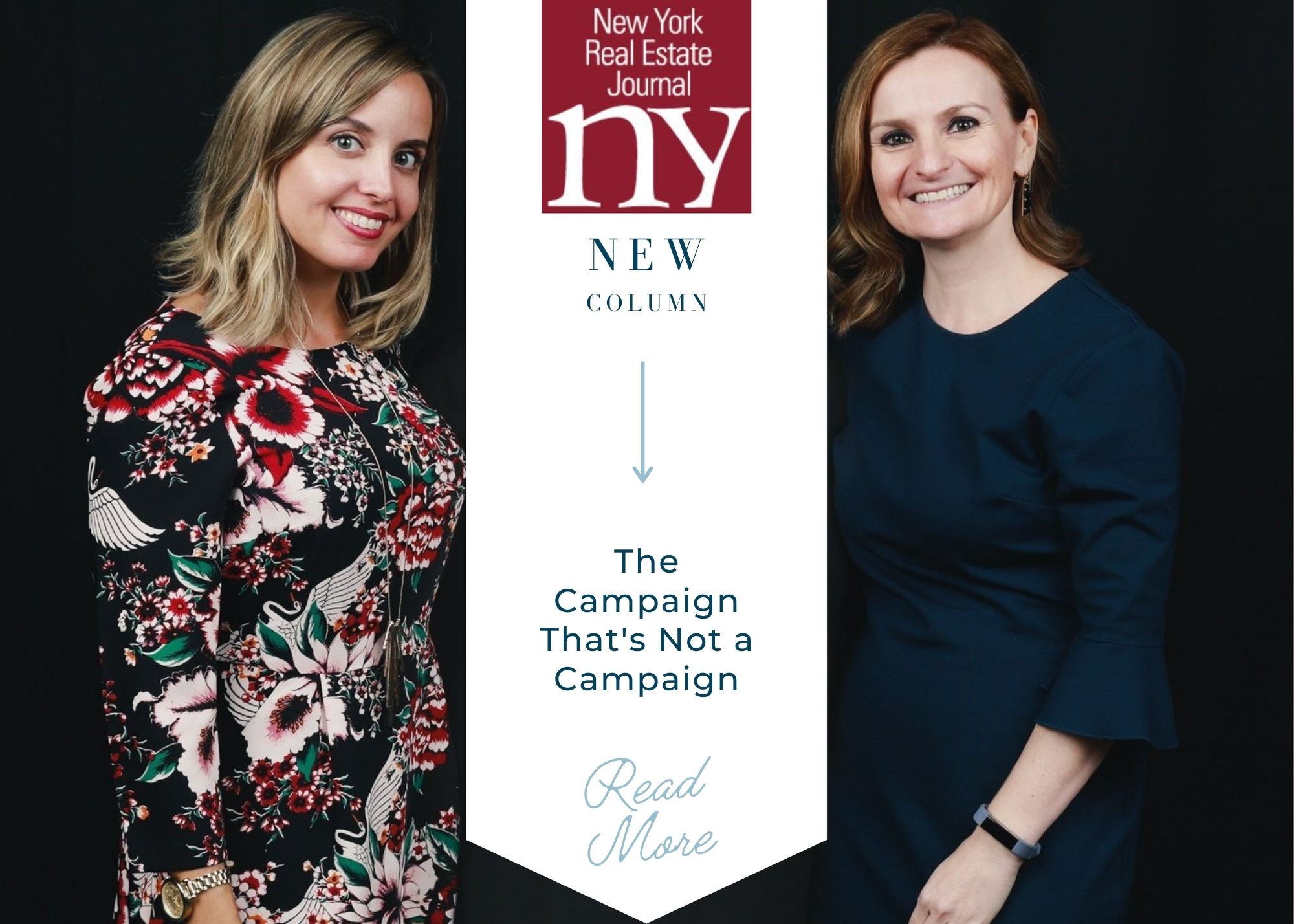
Published in the New York Real Estate Journal
by Ioana Good and Adrien Maines
Let’s face it! We’ve all seen those companies that try to be all things to all people. Rarely do they succeed. The ones who are intentional, inclusive, client-focused, and purpose-driven do. Companies don’t have to have deep pockets to pull this off, but they do have to know their audience and what problem they are solving. Why? Because relationships matter, and when clients understand what you are all about and stand for, they allow themselves to take the next step forward with your brand. They support your business and help pave the way to success. They refer work to you. This is like networking. If you’re in a room full of people, chances are that you will meet a ton of people (the masses), but you won’t walk away with a single meaningful and potentially long-lasting contact. If you are intentional about it, you can identify a few people in advance, seek out and talk with those people, ask about their businesses, and learn about their struggles and successes. The information you gather helps direct your focus and offerings to specific solutions that they need. A prospect that turned into a real estate client recently told us, “It was so clear to us that you really listened to our needs, and that’s why we chose you.” Wow, what a compliment! Here are some important lessons to consider when building an inclusive and intentional brand.
Be Intentional
Campaigns don’t happen by accident. They are a result of an intentional effort to feature an offering like a new line of business or product, new tools, or promote a distinction of offerings. A well-thought-out plan includes identifying the audience, the industry, and what matters to them. Looking at the big picture is critical before breaking it down to a weekly or monthly message. Associating your brand with your company’s people is critical. This helps tell the story and represent company values through the eyes of different individuals. Offering free advice is also vital. Some companies worry that sharing their knowledge will convince customers that they do not need to pay for professional services. The opposite is true. Those who share expertise improve trust and help persuade clients to follow your business online, turn to your professionals whenever they have questions, and hire you.
Combine Graphics & Storytelling
Graphics and content go hand in hand. They grab the client or prospects attention and build trust and connectivity. Emotion and sustainability are a creative strategy and purpose-driven marketing campaigns provide companies or brands engagement with a target audience based on their shared needs and interests—including supporting worthy causes. Meaningful content and graphics that tell a story always win. Take, for instance, Patagonia, an American clothing company that sells outdoor clothing. Protecting the earth is vital to this company. Their #CrudeAwakening campaign focuses on fighting coastline oil spills. This started after the Refugio oil spill near Santa Barbara, which polluted coastal areas and harmed marine life. Strong messaging, impactful photos, and the power of the Patagonia customer community helped enact three new laws to impose more strict regulations on offshore drilling. And as you can imagine, they gained a lot of loyal customers (us included!).
Solve a Problem
Yes, you bring value to the table and are great at what you do, but that’s not the story or the campaign. When you solve problems, shine the light on others, and get involved in the community, clients pay attention. For instance, once the pandemic hit, Heinz, the American food company, launched its Heinz to Home direct-to-consumer campaign.
To read the story in full, click here.
